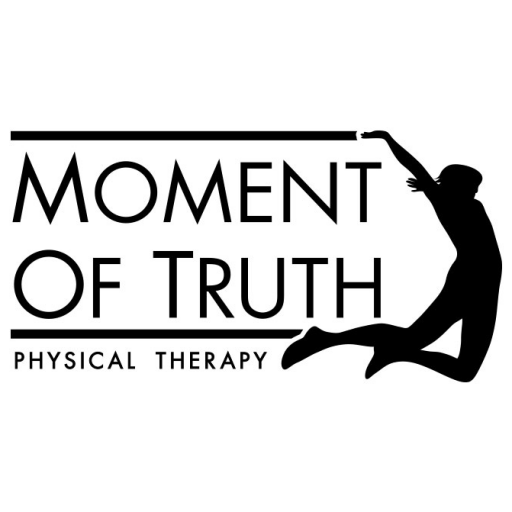If you had an achy back and tailbone pain during pregnancy, you were probably counting down the days to giving birth so you could get rid of the pain (among other reasons, of course!).
However, to your dismay, your back pain didn’t go away after pregnancy—it got worse! If this sounds like you, you may be surprised (and frustrated) by postpartum back pain and looking for a solution to fix your achy back and tailbone. Keep reading to learn more about what causes postpartum back pain, and how you can get relief with pelvic floor physical therapy!
What Causes Postpartum Tailbone & Back Pain?
First off, postpartum tailbone pain can occur whether you’ve had a vaginal delivery or a C-section—it’s not exclusive to one or the other.
This is because there are several places where your pelvic floor muscles, tailbone, and sacrum (lowest part of the spine) are attached. When your body changes during pregnancy, it puts more pressure on your pelvic floor muscles, which therefore puts more tension on your tailbone and lower back. After giving birth, your muscles have stretched, expanded, and drastically changed, which may cause even more discomfort. Additionally, postpartum constipation and gas can cause uncomfortable back pain.
Sometimes, during delivery, certain situations can result in back or tailbone pain. For example, if the baby is born “sunny side up” (when the baby’s spine is facing the mom’s spine instead of the opposite way), this can cause tailbone pain. In rare cases, women may fracture their tailbone, during delivery. However, this is uncommon and usually caused by unnecessary strain or poor positioning. During delivery, the entire sacrum shifts, morphs, and tilts in the opposite direction to create space between the front of the pubic bone and the tailbone for the baby to exit.
Is Postpartum Back & Tailbone Pain Normal?
It’s common for women to be achy and sore for a few days after a vaginal delivery and a few weeks after a major surgery, like a C-section. However, ongoing back and tailbone pain is not normal and tends to signify pelvic floor dysfunction.
What Should I Do If I’m Experiencing Postpartum Back & Tailbone Pain?
First—if you want to prevent or alleviate postpartum tailbone and back pain, don’t push yourself too hard after delivery. It’s important to take it easy as much as possible, so you can listen to your body and pay attention to what’s hurting you instead of “powering through the pain.”
If you’re able to stay off your feet throughout the day, rest, and allow your body to heal while you’re nursing and bonding with your baby, you don’t necessarily need to see a physical therapist right away for minimal pain. Pelvic floor physical therapists, like our team in Peoria, Arizona, won’t do any internal work until your six-week check-up with your physician (especially if you have stitches). If you’re still in pain at this point, this is usually a good time to come in.
However, if you’re taking it easy and your back or tailbone pain is preventing you from doing basic activities like walking, showering, or dressing, you should see a pelvic floor physical therapist as soon as possible. We can do external work on your hips, lower back, belly, neck, and shoulders that can alleviate discomfort between delivery and your six-week appointment.
Relieve Postpartum Back & Tailbone Pain with Moment of Truth Physical Therapy
If you come to Moment of Truth Physical Therapy in Peoria, AZ, with postpartum back or tailbone pain, we will do a full-body assessment to identify lines of tension that could be contributing to the back and tailbone pain.
Once we’ve identified what’s causing your pain, we’ll do vaginal or rectal work to remedy your tailbone and sacrum alignment. We also address the back and front structures, like your uterus and bladder, with visceral work to ensure your stomach, bowels, bladder, and intestines are all working correctly to minimize postpartum tailbone and back pain.
Sign up for a discovery session with Moment of Truth Physical Therapy to solve your postpartum back and tailbone pain for good!


0 comments